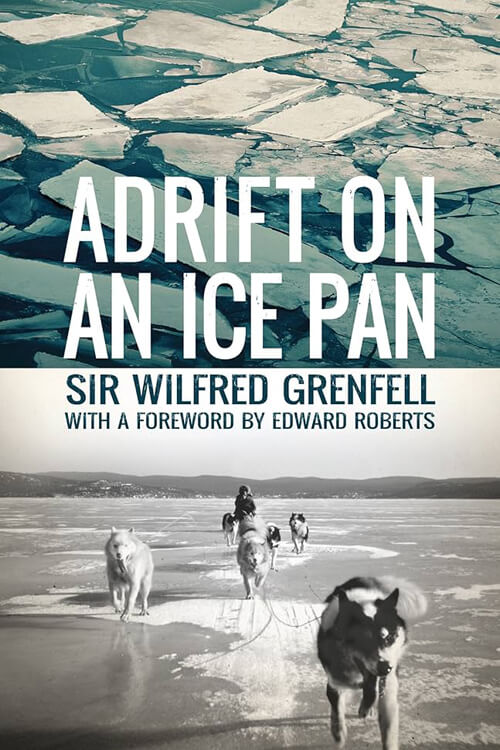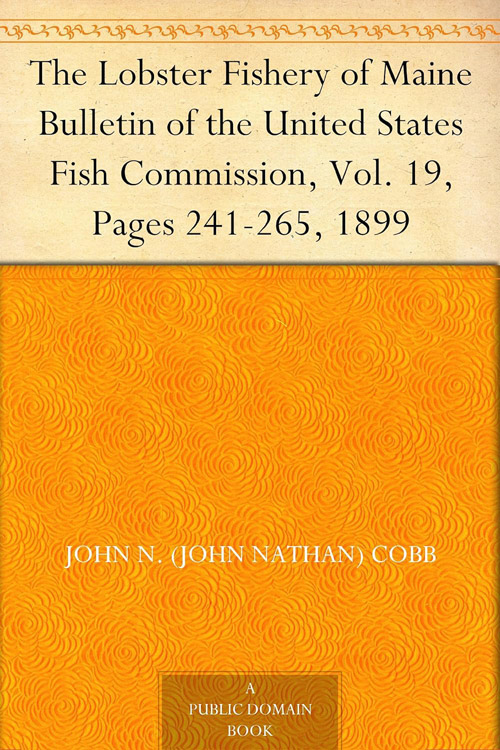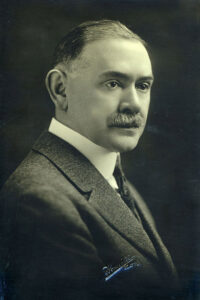
The Lobster Fishery of Maine
Since the early Puritan settlers first learned from the Indians how to utilize the lobster, it has been one of the most prized food articles in the New England States. The early town records of Massachusetts contain frequent references to this valuable crustacean, and efforts were made at an early day to conserve the supply.
At first, as most settlers lived on or near the coast, each family could quickly secure its supply, but as the settlements gradually extended farther inland, this became inconvenient. It soon became customary for certain persons living on the coast to attend to supplying the wants of the inland settlers, and thus, the commercial fishery was established.
The coast of Maine is very favourably situated for this fishery. In its eastern and middle sections, the shore is bold and rocky, while it is cut up by large deep inlets and coves studded with numerous islands, large and small, and by bold rocky promontories. Numerous islands are farther offshore, like the Fox and Matinicus Islands and the Deer and Mount Desert Islands. Large and small freshwater rivers are multiple, and the granite bottoms of these channels and inlets form admirable breeding grounds. On the western end, the shores are not so rocky, frequently broken by sandy beaches, while the rivers are small and comparatively shallow. West of Casco Bay, the islands are infrequent. As a result of this conformation of the coast, the best fishing grounds in Maine are between Cape Elizabeth and Quoddy Head.
As early as 1830, smacks from Boston and Connecticut visited Harpswell for fresh lobsters, and it is very probable that even before this time, they had visited the points farther west in the State, as the history of the fishery, so far as known, shows that it gradually worked to the eastward. This was doubtless because the settlement trend in the early part of the century was in that direction. It is also probable that, for some time before the people along the coast took up the fishery, the smackmen did their fishing. This is easily believed when the great abundance is considered. It is known that this was done in Massachusetts.
During summer, lobsters were very common close to shore and could easily be gaffed by boys at low water, but this could hardly be called a regular fishery.
The regular fishery began with the use of hoop-net pots, which were generally of very rude construction. The facility with which the lobsters escaped from them led to their disuse soon after the lath pots began to be introduced. The lath pots were essentially the same in construction as those now used on the coast of Maine, and each pair of fishermen then handled between 25 and 50.
Up to about 1865, it was customary to set traps singly, and two men were usually employed in the fishery, one to haul up, empty the pot, rebait it, and drop it overboard, while the other handled the boat. In the latter year, it was discovered that by setting the pots on trawls, more pots could be set, and only one man would be required to work them. This invention, which several different persons claimed, proved quite successful for a while. Still, after the supply of lobsters began to drop off, better results were secured by scattering the pots over a greater area and shifting their position each time they were fished, which was very quickly done. As a result of this, the use of trawls decreased rapidly.
Read or download Book
John Nathan Cobb
John Nathan Cobb (February 20, 1868 – January 13, 1930) was an American author, naturalist, conservationist, canneryman, and educator.
Biography.
He attained a high position in academia without the benefit of a college education. In a career that began as a printer’s aide for a newspaper, he worked as a stenographer and clerk, a newspaper reporter, a field agent for the U.S. Fish Commission (USFC) and its successor, the U.S. Bureau of Fisheries, as an editor for a commercial fishing trade magazine of the Pacific Northwest, and as a supervisor for companies in the retail fishing industry. He took photographs during his extensive travels, documenting scenes and people. In 1919, Cobb was appointed the founding director of the College of Fisheries at the University of Washington (UW), the first such college established in the United States. His family moved to Pennsylvania in the 1880s, and records indicate that in 1884, at 16, he was working for a Pennsylvania newspaper, the Carbondale Reader. He rose to become an editor of that periodical.
For the next 15 years, Cobb worked as a stenographer and typist in various positions for a railroad company, a law firm, a supply and machinery enterprise, and a brick manufacturing company. In 1898, he married Harriet Collin Bidwell (1869‒1941), a cousin, with whom he had a daughter, Genevieve Catherine Cobb (1900‒1977), who graduated in zoology from the University of Washington and after receiving a degree in librarianship at the UW, became a librarian at Princeton University and remained there until her retirement. In 1895, Cobb passed a civil service examination for the U.S. Government, qualifying him for a position as stenographer and typist at $720 per year. He accepted a position in Washington, D.C., on 1 July 1895 with the U.S. Fish Commission, where he was appointed clerk in the Division of Statistics. He was promoted to “Field Agent” on February 11, 1896, at a salary of $1,000 annually and was responsible for collecting commercial fishery statistics. Thus, Cobb began a career in fisheries that lasted until his death 35 years later and led to his recognition as an “expert” in fisheries statistics.






